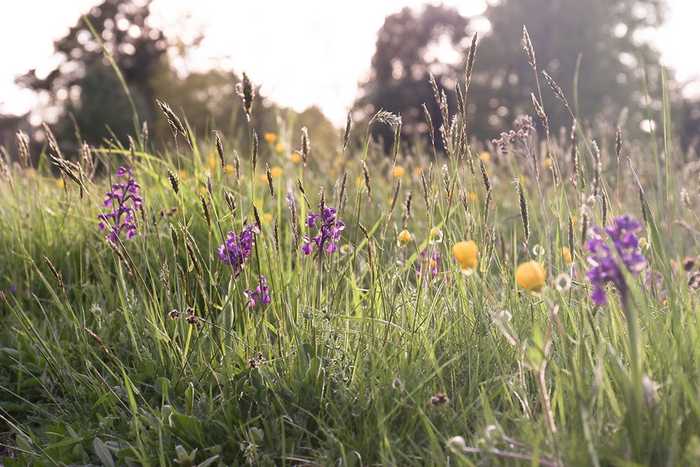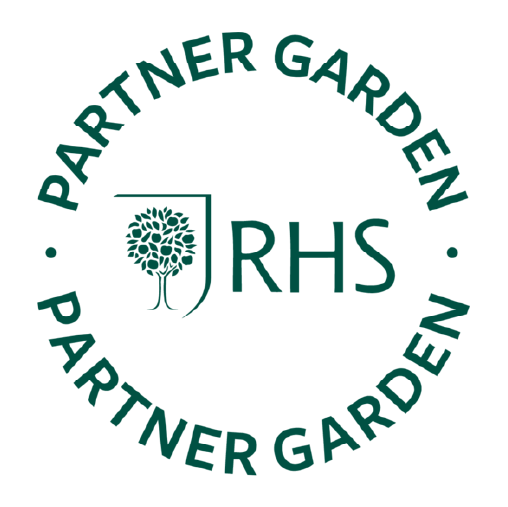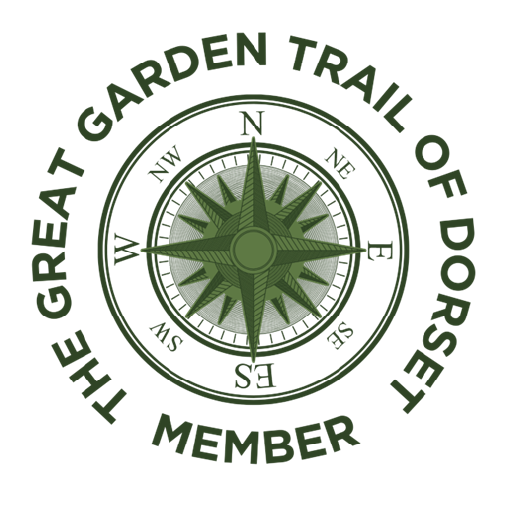Old English Dorset Meadow

The sweet vernal, crested dogstail and meadow foxtails have set seed and, left uncut until July, the meadows edging the garden are a rich tapestry of textures, tassels and tufts the colour of brown sugar.
Flecked with Common Spotted and Southern Marsh Orchids, they’re a haven for butterflies and bees. Green winged orchids have made it their home and knapweed, or ‘hardheads,’ so-called because of their rock solid flower heads, proliferate along with yellow rattle, a Summer meadow staple.
The seeds need to be left to set and spread to maintain the yearly cycle, which means mowing as late as possible and well into July, with some stretches as late as August to encourage diversity.
It’s an old English Dorset meadow at heart, untouched and left to proliferate over 100s of years. Joshua Sparkes, our new head gardener is smitten and keen to increase the meadow footprint, will be extending its edges into the arboretum this year. To do this, the meadow will be cut and the yellow rattle harvest by hand, ready to sow on top of strewn offcuts. The yellow rattle keeps the grass down, suppressing its vigour and allowing the wild flowers to creep in and grow. A timely reminder of the next step comes from the old farming saying: “When the hay rattle rattles in the long grass, it’s time to mow,’ seed heads that rattle like maracas as you brush past them.
To re-create this native meadow, the existing meadow will be cut, the grasses gathered and strewn in the arboretum. A new spot but with the same diversity and local seed provenance. Over this, yellow rattle will be scattered and the mix forked through every few days.
The flowers and grass will support a myriad of insects from bees and beetles to grasshoppers and butterflies, which in turn support many small animals and birds. It’s a bio diverse habitat, an English rainforest of sorts. Buzzing, chirping, flecked with colour and moving to its own rhythm in the Summer, it’s not just a haven for wildlife and is very much the next chapter in the story of the garden. We’ll be posting updates on instagram as we go.
Posted on June 7th 2018




